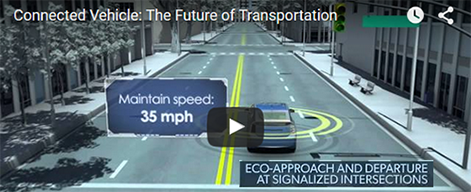Research Archive
Appendix E
Track 4 – Recommend Strategies/Applications for In-Depth Testing
The third phase will develop recommendations for applications/strategies that should undergo more in-depth testing and evaluation. This will also include the development of a major research investment plan that would articulate whether there is sufficient benefit to move forward with more in-depth research and progress to the next research phase. Some of the activities needed to evaluate the strategies are:
- Stakeholder reviews – Identify and convene stakeholders on an ongoing, consistent basis. The “state of the practice research” will be leveraged to identify stakeholder groups, and individual stakeholders, to review and evaluate the selected environmental improvement strategies. Develop a summary of their roles and anticipated goals/products. Develop a plan for outreach and community organizing. Convene stakeholder group and receive constant input from group throughout life of program. The stakeholder communities will be important consumers and beneficiaries of the evaluation results, and their acceptance and other feedback is essential.
- In-depth workshops - Undertake workshops (including those connected with Dynamic Mobility Applications, Real-Time Data Management and other connected vehicle workshops) to assess what data is desired, what is still needed and what could be done with the data if it existed and how/who would be able to acquire it. These more detailed activities may be needed to further develop and validate specific concepts and strategies.
- Research gaps and requirements – The stakeholder reviews, and the results of evaluation activities, will also allow specific research gaps and requirements to be identified for the strategies. These will be used to develop a focused research program and a corresponding research investment plan that can be considered by the US DOT and others who might further develop the environmental strategies towards deployment.











